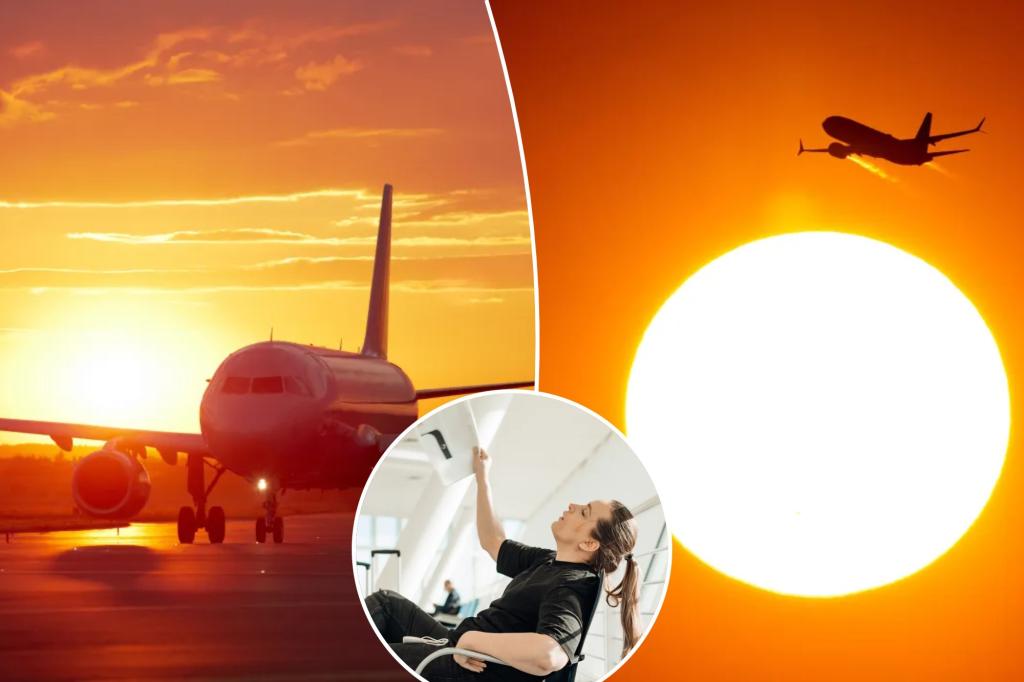Experts are expressing concerns regarding the impact of high temperatures on flights as several states, including New York, are dealing with a heat wave. Last summer, incidents such as a plane being stuck on a tarmac for seven hours and a Delta flight leaving passengers on a hot airplane for hours raised concerns about flight safety in extreme heat. Delays are already rampant in the current heat wave, with over 2,500 flights delayed by 1 p.m. Monday. While major planes can take off safely in up to 122-degree temperatures, there are still many other issues to consider regarding heat and flight safety.
Pilots take various weather considerations into account for every flight, including temperature, pressure, precipitation, and wind velocity. Extreme temperatures can lead to delays or cancellations if takeoff and climb performance requirements cannot be met. Lack of density in the air due to high temperatures can impact engine thrust, making takeoff difficult and potentially dangerous, especially over mountainous terrain. To mitigate these issues on shorter runways, the weight of the aircraft may need to be lowered, which could involve removing bags or even passengers at short notice when temperatures are extremely high.
To minimize the impact of heat on flights, experts recommend booking early mornings or late evening flights, as they are less likely to be affected by extreme heat. These times can help reduce the frustration of delays or cancellations that may occur during midday or early evening due to high temperatures. Overall, the effects of heat on flights can vary and may result in unexpected delays or cancellations if safety requirements cannot be met. It is important for airlines and passengers to be prepared for the challenges that extreme heat can pose to flight operations.
Extreme heat has the potential to impact flight operations to the point of delays or cancellations if safety requirements cannot be met, posing challenges for airlines and passengers alike. Heat can decrease lift and engine thrust, making takeoffs difficult and potentially dangerous, especially when flying over mountainous terrain. To alleviate these issues, flight crews need to carefully consider weather conditions and make decisions to ensure the safety of passengers and crew. Additional measures, such as removing baggage or passengers, may be necessary to allow aircraft to take off safely in extreme heat.
While major planes like Airbus and Boeing can typically take off in heat up to 122 degrees, there are still many factors that pilots must consider when assessing the safety of a flight in extreme temperatures. The lack of air density associated with hot temperatures can lead to issues with engine thrust, making takeoffs more challenging. In extreme cases, flights may need to be delayed or canceled to ensure the safety of passengers and crew. Experts recommend booking flights during cooler times of the day to minimize the impact of heat on flights and reduce the likelihood of delays or cancellations.
In conclusion, high temperatures can have a significant impact on flight operations, leading to delays and cancellations if safety requirements cannot be met. Heat can affect lift and engine thrust, making takeoffs more difficult and potentially dangerous. It is important for airlines and passengers to be aware of these challenges and take steps to minimize the impact of extreme heat on flights. By booking flights during cooler times of the day and being prepared for potential delays or cancellations, travelers can help ensure a smoother travel experience during heat waves.


